|
This is the edited live stream where I reacted to a really good video that demonstrated the 7 modes of the major scale. Here is the original video that was watched: https://youtu.be/bwaeBUYcO5o
After watching that video, further mode exploration happens that includes Harmonic Minor Modes.
0 Comments
A YouTube viewer had asked if it's possible to write power chord progressions in the Lydian mode.
Yes! Absolutely. You can definitely write power chord progressions in the Lydian mode. First, let's go over a quick explanation of what the Ionian mode is, aka: the Major scale. The Major scale is pretty much where all our music theory comes from in terms of intervals, how chords are built, etc. Take any note, and follow these steps to get from one note to the next and you will have played a Major scale:
Whole Step, Whole Step, Half Step, Whole Step, Whole Step, Whole Step, Half Step
Those steps take you from the root note of the Major scale up to the octave of that very same root note. You can number each note along the way as 1, 2, 3, 4, 5, 6, 7. Those are also the interval numbers that make up the Major scale.
The Lydian mode takes the fourth note in the Major scale and raises it up one half step. This makes it a #4. That gives us the following intervals:
1, 2, 3, #4, 5, 6, 7
That #4 is the ONLY difference between Lydian and Ionian.
Now, let's look at how E Ionian can be played using power chords:
Now, let's do the same thing but with E Lydian.
The following progression starts in E Ionian and then goes to E Lydian. Going between the two modes can help you hear the difference between each mode.
These next two progressions are examples of power chord progressions in E Lydian.
Mile High Shred Patrons receive all tablature shown in this lesson, and other lessons in Guitar Pro files along with exclusive content.
CLICK HERE if you'd like to learn how to become a Patron and help Mile High Shred grow.
photo credit: Martin Dvoracek CZ http://www.flickr.com/photos/118382614@N04/21372364080
Cheese via photopin https://creativecommons.org/licenses/by/2.0/
This lesson supplements the 3 Note Per String Scale Shape Madness one.
The person who requested the 3 NPS lesson followed up with more details for further examples. That's what this lesson is about! The first group of examples demonstrates going from C Ionian into B Harmonic minor, and then finishes up with E Melodic minor. To transition from scale to scale in this first example, I used a note that is in adjacent scales. In other words, the last note I used in the C Ionian phrase is also a note in the B Harmonic minor scale. The last note I used in the B Harmonic minor scale is also a note used in E Melodic minor.
The next example uses the same transition idea of shared notes.
The last example of combining Ionian, Harmonic minor, and Melodic minor uses finger tapping.
All three scales contain the notes for an E minor chord - E, G, and B. An E minor triad will be tapped/arpeggiated as the start and transition for each scale.
The next three riffs demonstrate going from B Phrygian into F# Locrian. These examples are in the key of G/Em. Because the tonal center focuses on B, and then F#, different mode sounds can be heard even though you are playing in just one key.
This example could use some explaining on how to approach playing it.
No distortion!!! It will NOT sound good unless it's clean. You will be holding down a B minor chord shape for the first half of the example, and then an F# diminished chord shape for the second half of the example. You'll be tapping notes near each chord shape to do something I like to call "chord tapping". Watch the video posted at the end of this lesson to see a demonstration of how it's done.
The rest of the riffs/examples demonstrate climbing multiple octaves for all seven modes in the key of G.
The following video demonstrates all the riffs/examples for this lesson.
Would you like to see more lessons come out more often? CLICK HERE to see how you can help!
Ever hear of the I - IV - V progression? That's 1, 4, 5 for those who don't know how to read Roman numerals.
The I - IV - V progression is one of the most heavily used progressions in music, and is used in AT LEAST 90% of every blues song out there. So, I thought it would be interesting to hear how this progression would sound if you just changed the mode you were playing in. But first, let's talk about how you get to that progression. You have 7 notes that make up the Major scale. You can build a chord off of every note in the Major scale. If you build triad chords starting on the first, fourth, and fifth note of the Major scale, you'll get the chords used in a I - IV - V progression. That was just a brief explanation of how to get the I - IV - V progression. To get into more details on how chord progressions by numbers works we'd need an entire lesson devoted to it. Like this one! Chord Progressions by Number We'll be playing the chords in this order: I - IV - V - IV with a repeat and resolve back to the I chord. Here we go!
E Ionian
E Dorian
E Phrygian
E Lydian
E Mixolydian
E Aeolian
E Locrian
Check out the following video to hear and see these chords being played:
I want to start a new series of video lessons that takes fairly popular (or straight up popular) riffs and change the mode they're played in.
Learning how to change the mode you're playing in can open up new possibilities in your song writing. Changing the mode can create an entire new array of emotions. This lesson will take the intro riff to The Trooper by Iron Maiden. I will share the mode the riff was written in, and the key it's in. Then I will share the same riff, but in the different modes found in the Major scale.
E Aeolian - Key of Em
E Ionian - Key of E
E Dorian - Key of Bm
E Phrygian - Key of Am
E Lydian - Key of G#m
E Mixolydian - Key of F#m
E Locrian - Key of Dm
Check out the following video to hear and see each mode demonstrated:
Got any riffs/parts of songs you'd like to hear get changed with different modes? Leave a comment!
|
Available Instruction Courses
|
- Metal and Rock Guitar Lessons
- Reach Your Fastest Speeds
-
Menu
- Skype Lessons
- Sign Up for Skype Guitar Lessons
- Video Correspondence Lessons
- Sign Up for Video Correspondence Lessons
- FREE Lessons for a WEEK >
- Free Tabs
- Get TWO FREE eBooks
- Rates
- Instruction Courses >
- Video Feedback Lessons
- Contact
- Blog (LOTS of Free Lessons)
- Student Testimonies
- Backing Tracks
- Store
IN DEPTH
|
|

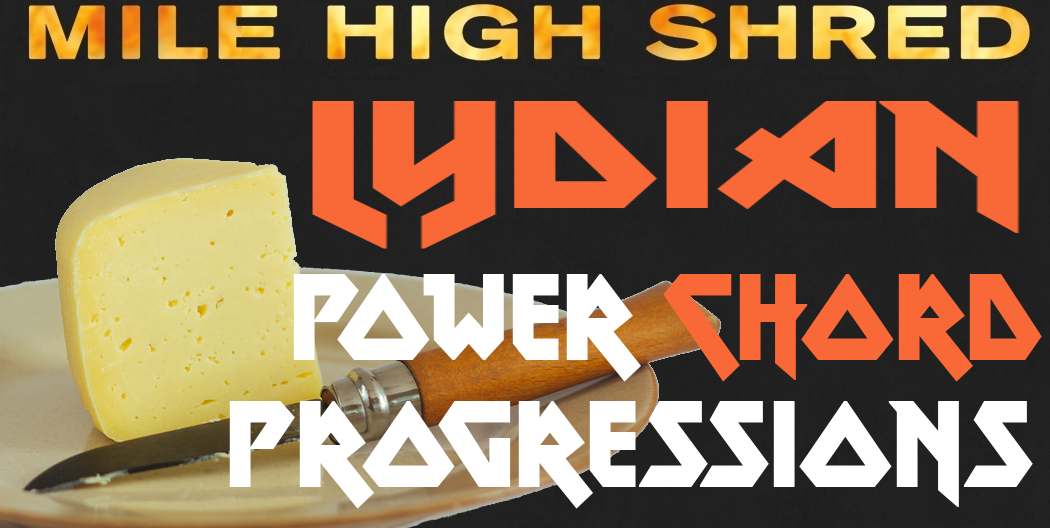
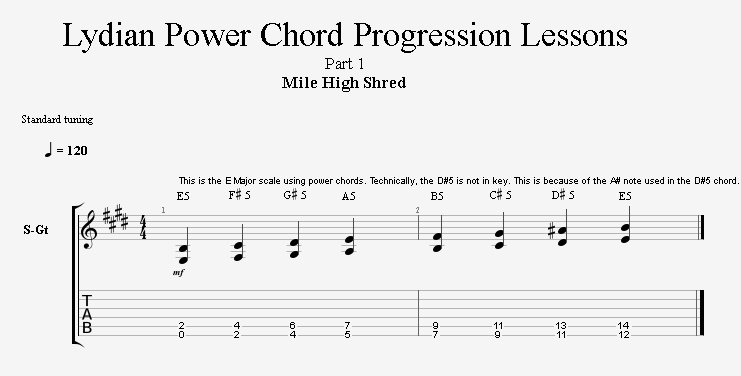
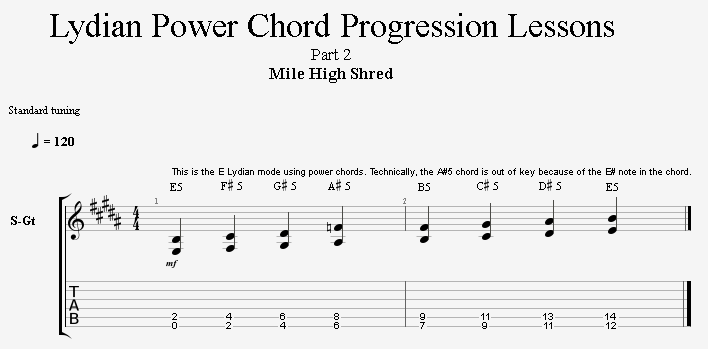
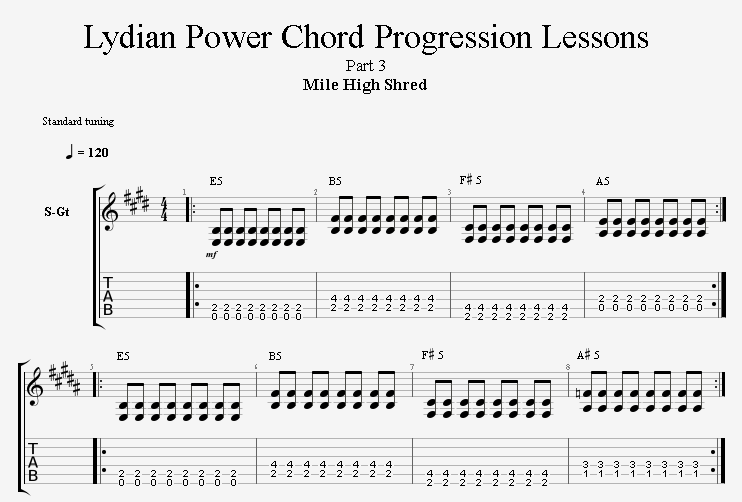
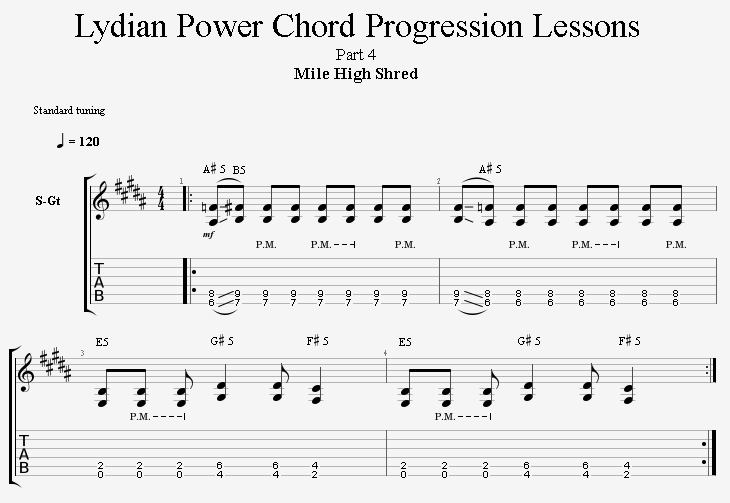
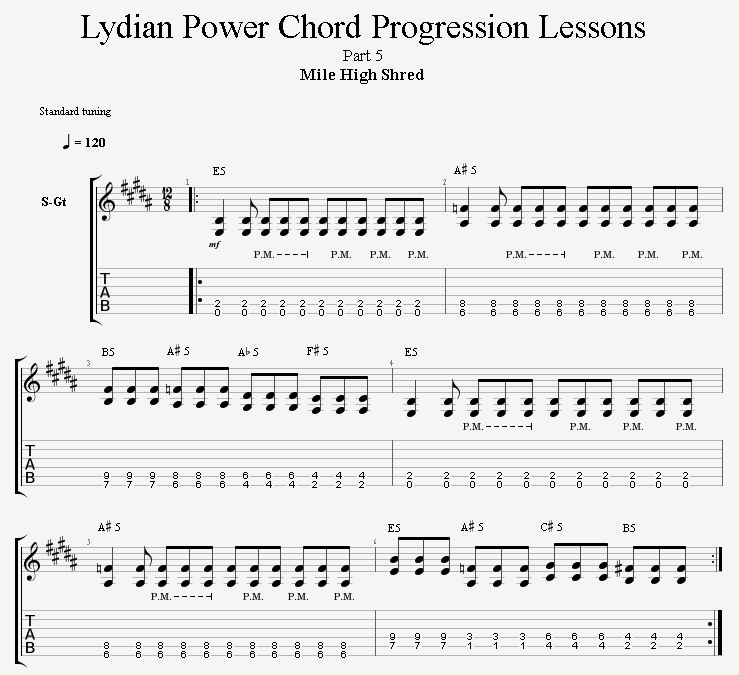
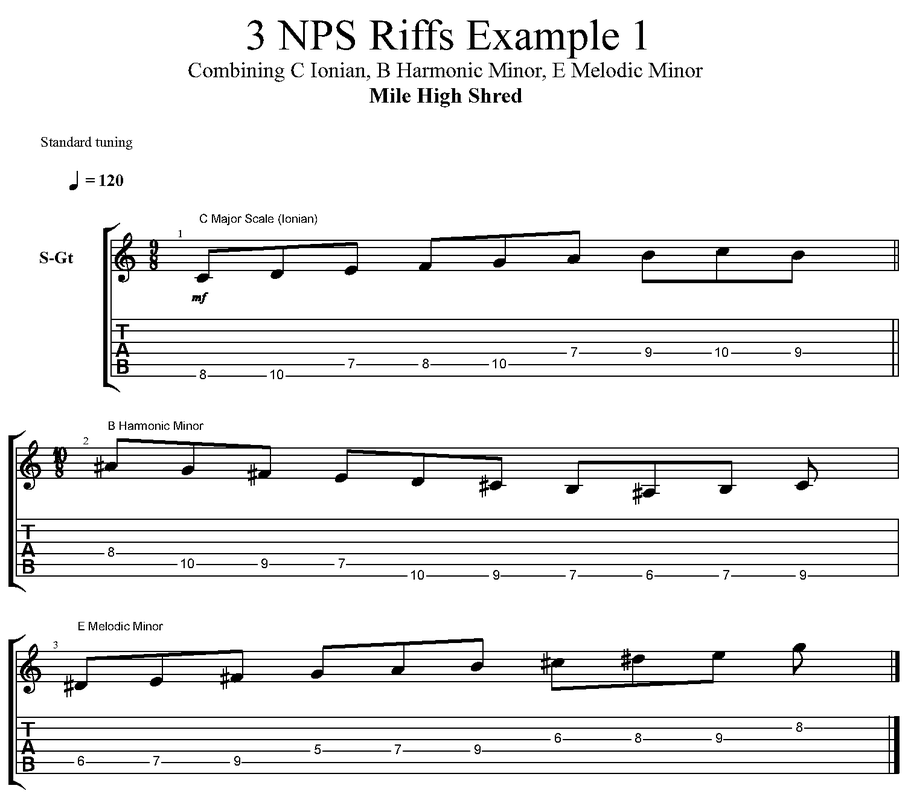
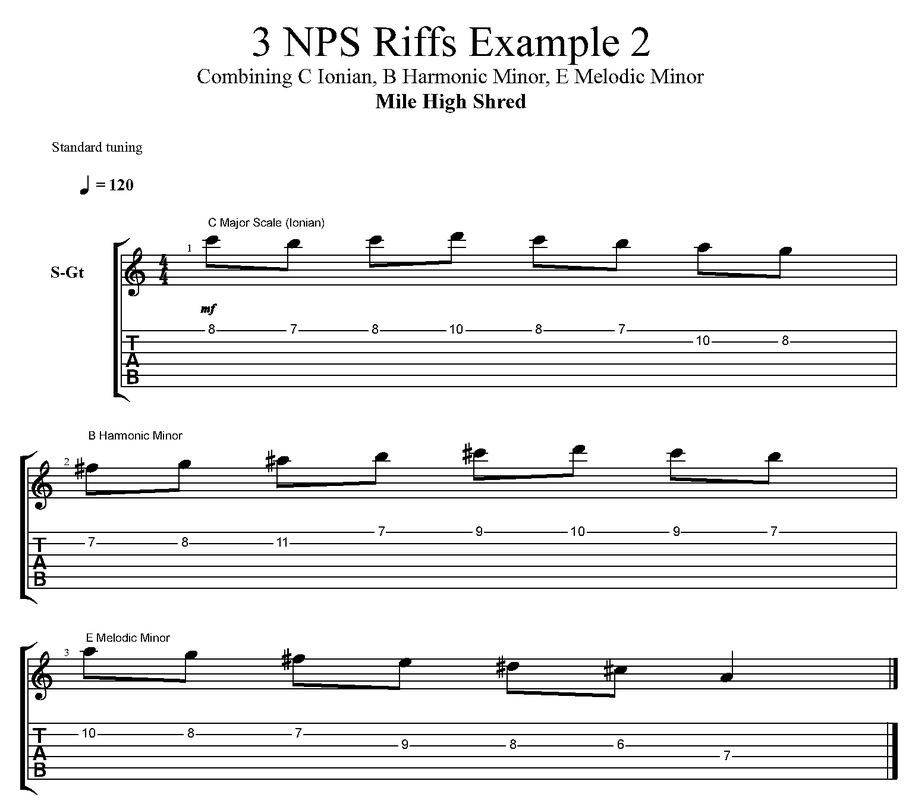

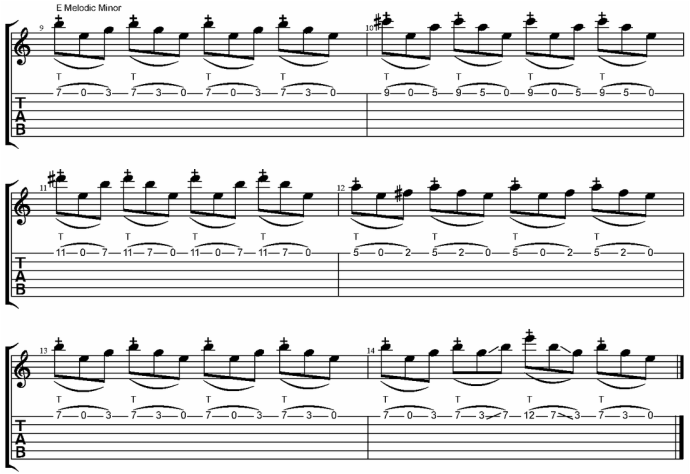
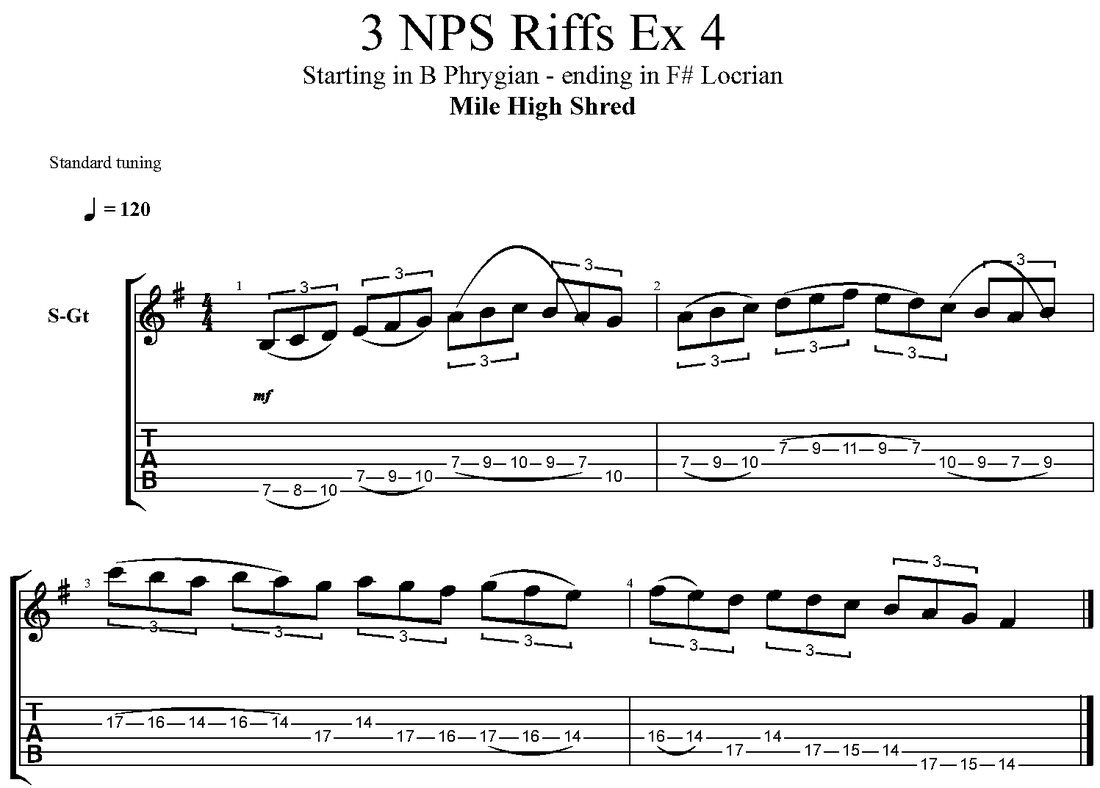
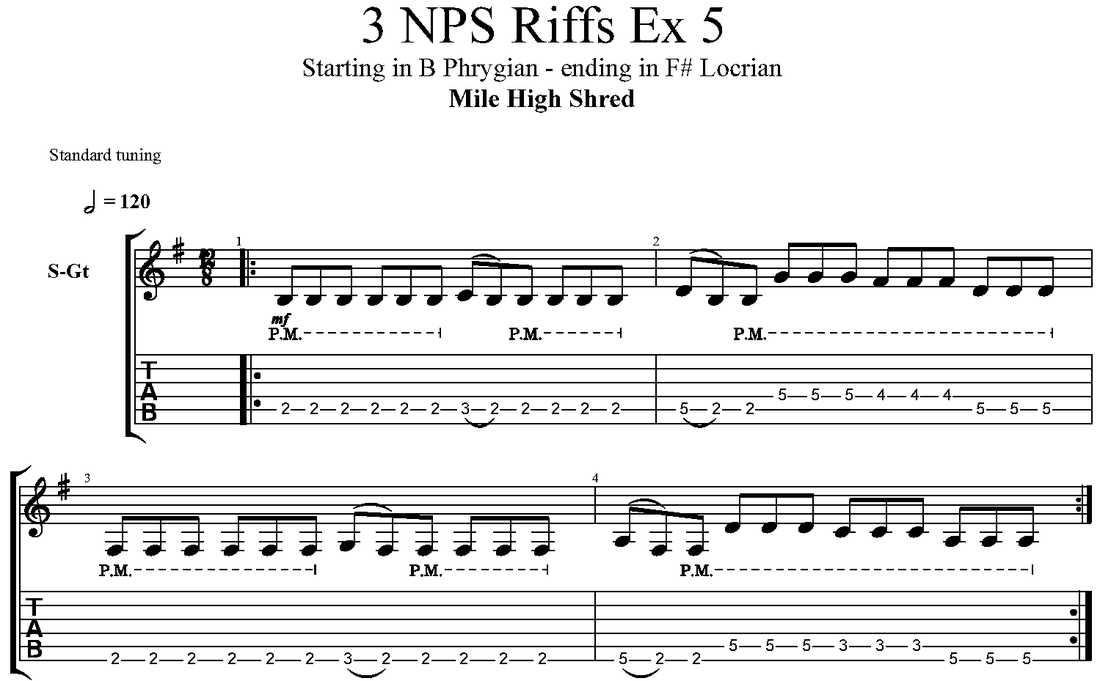
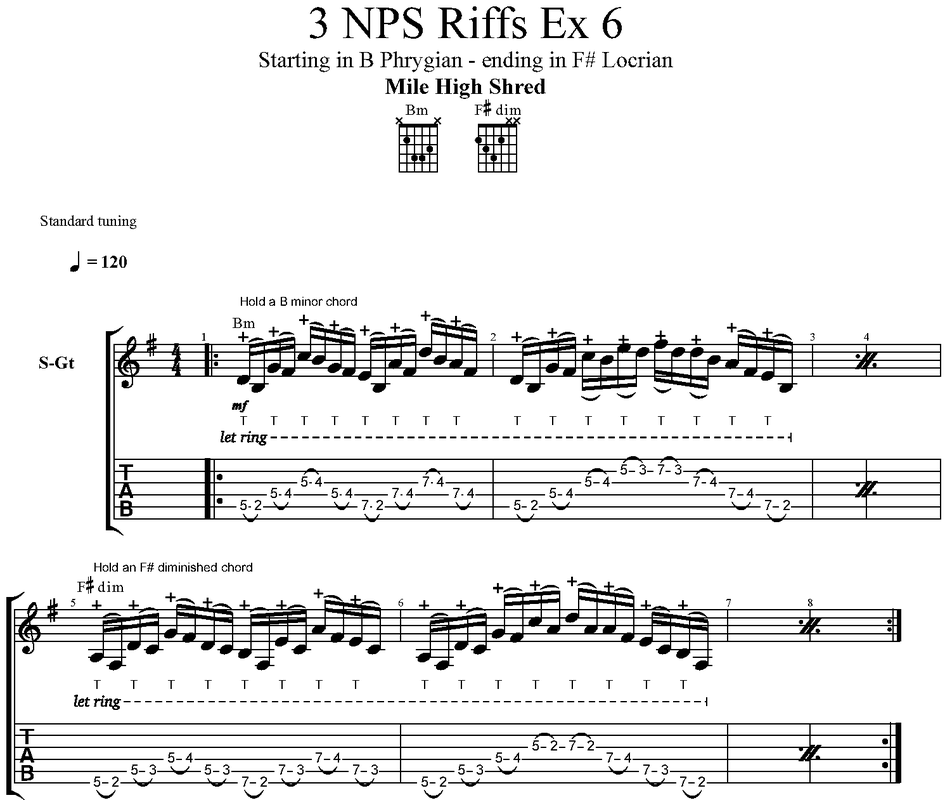
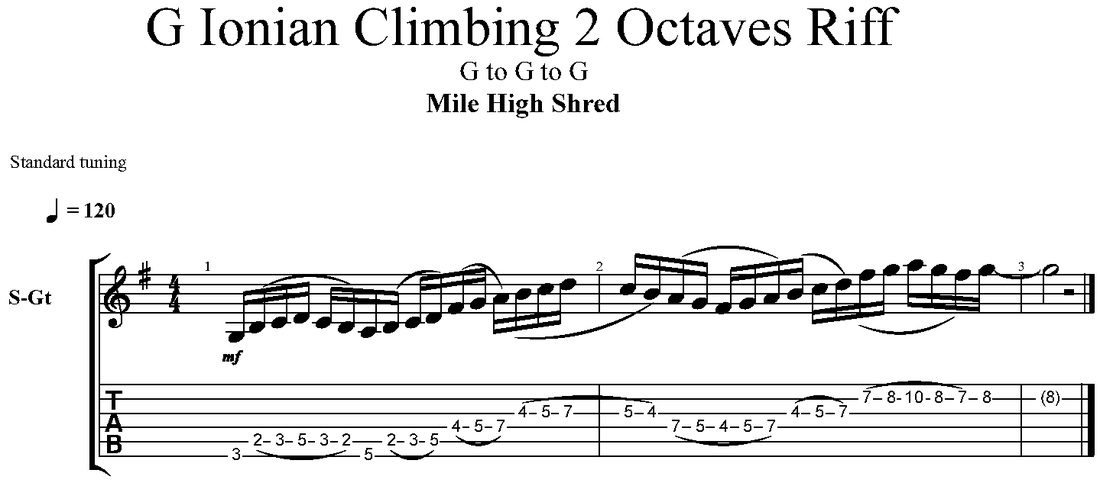
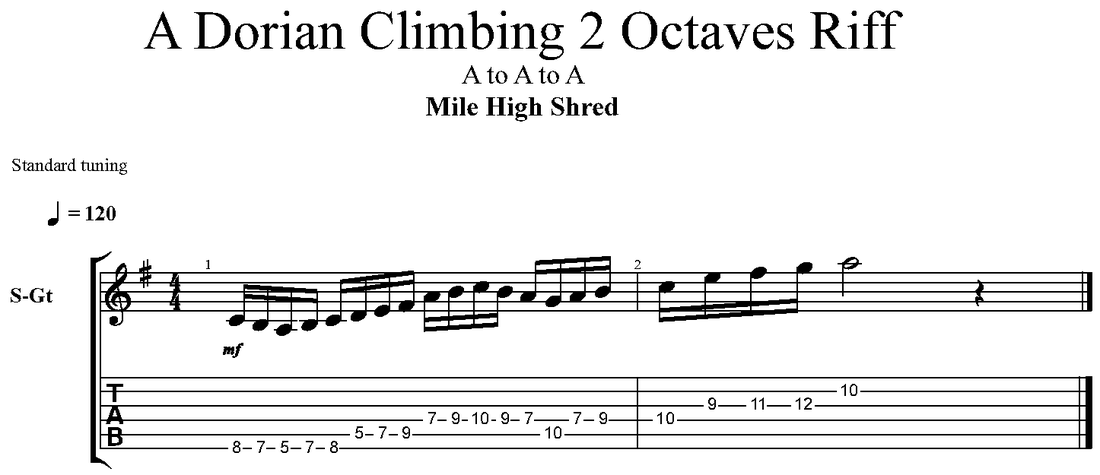
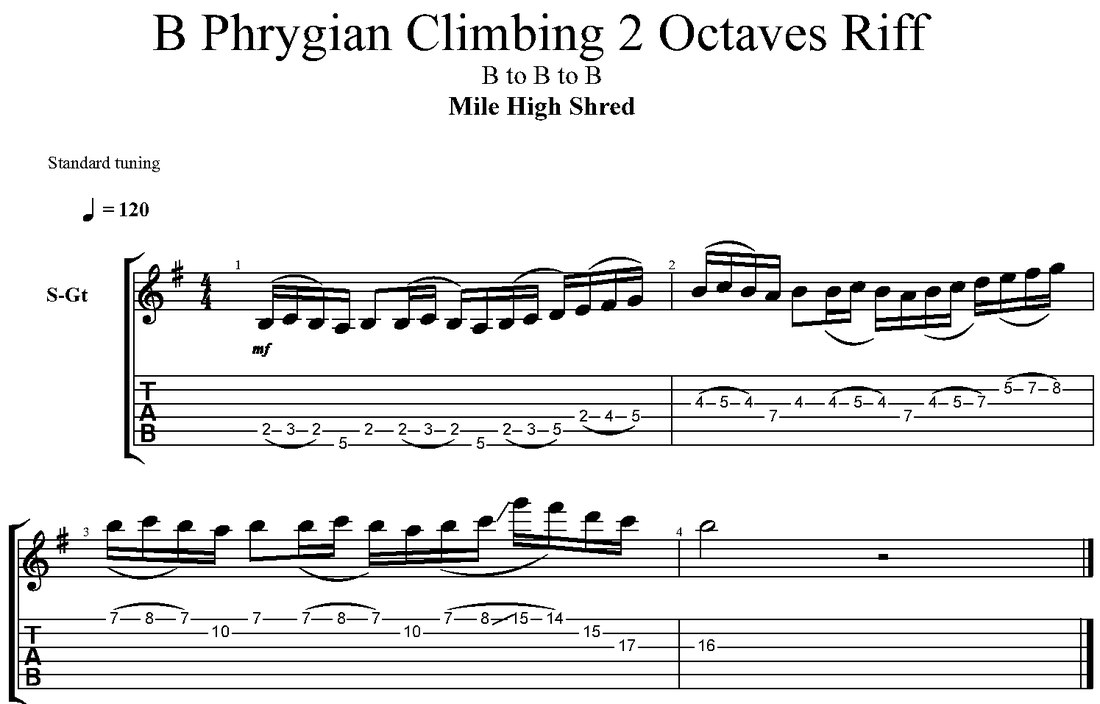
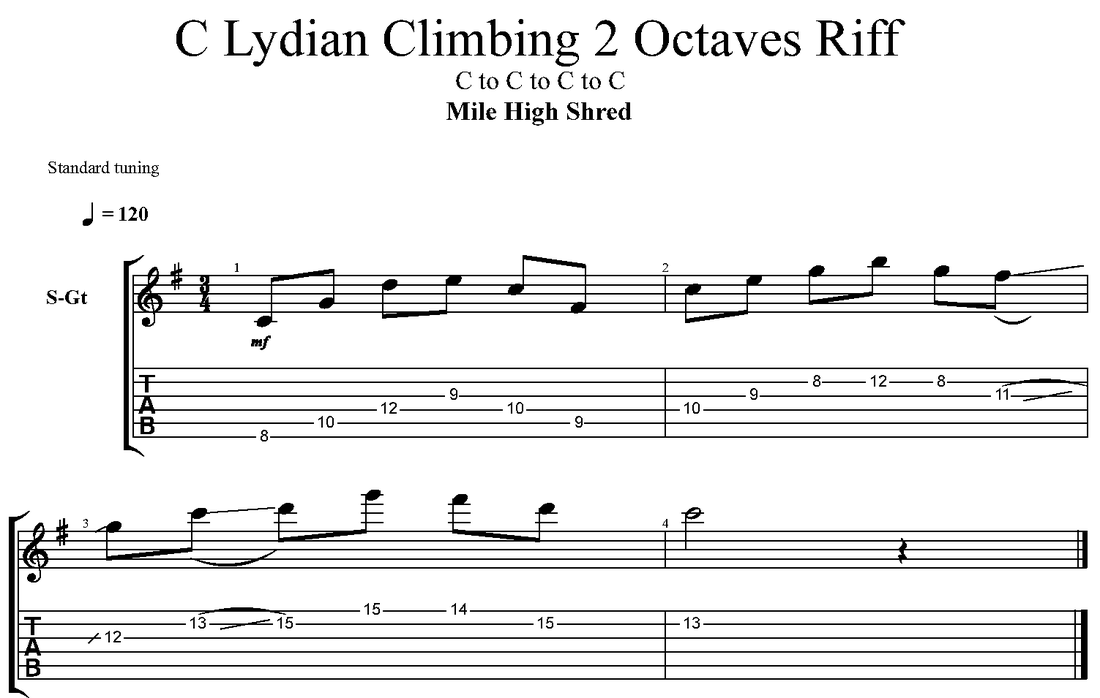
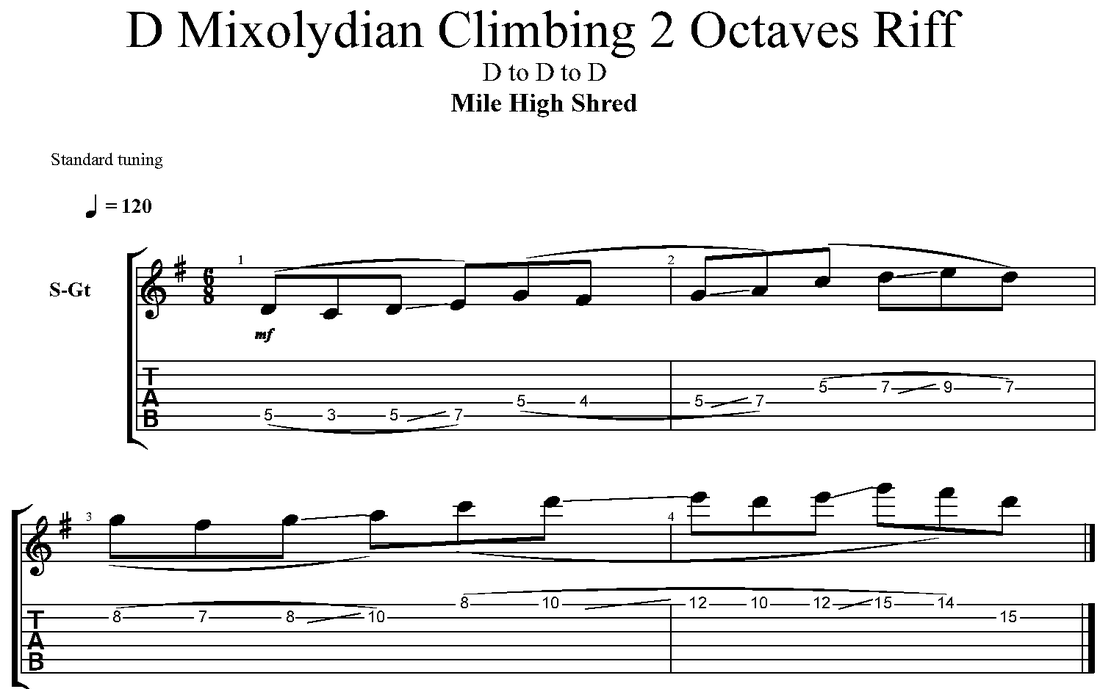
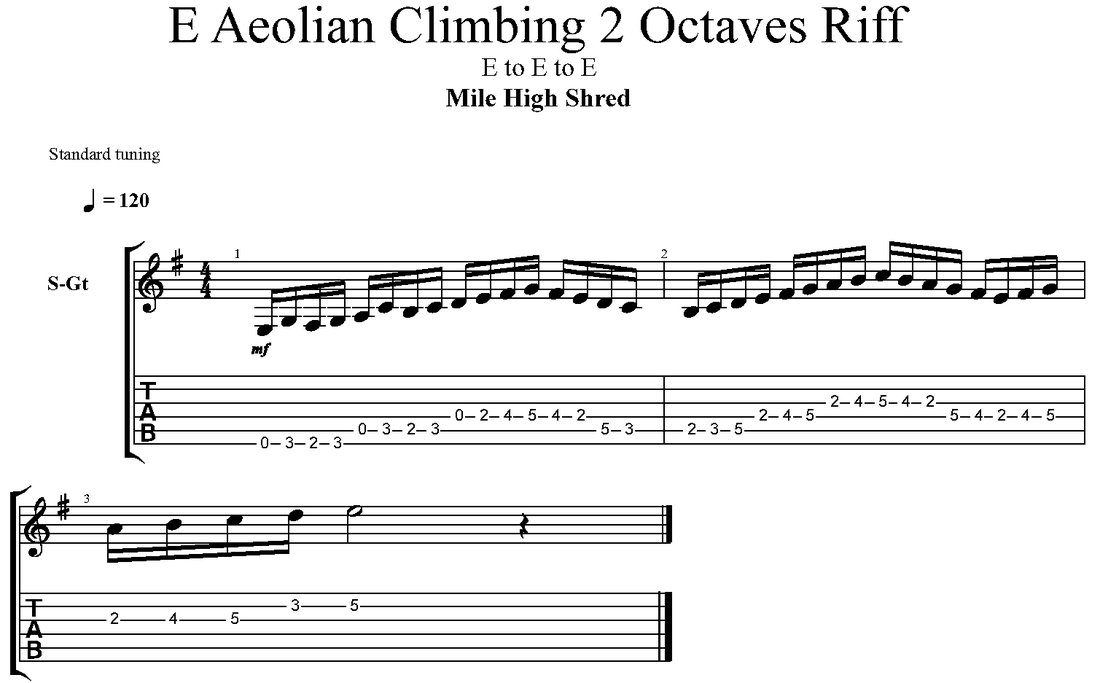
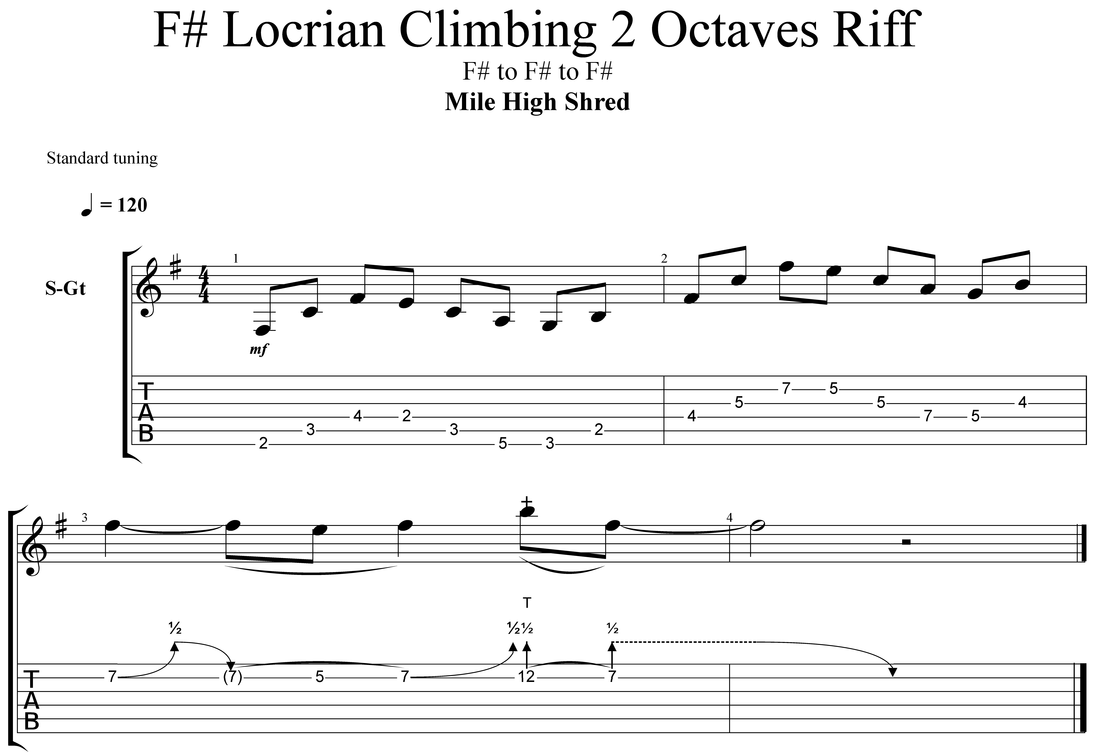
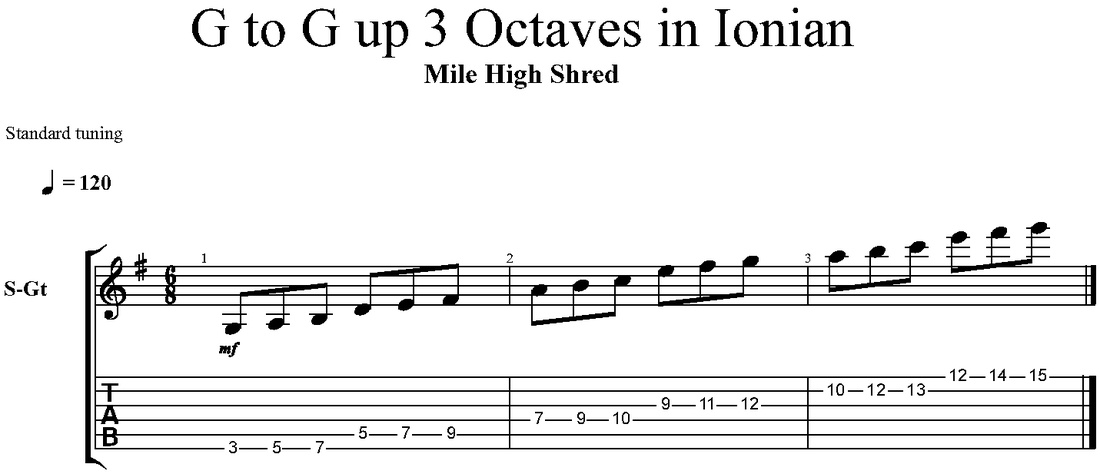
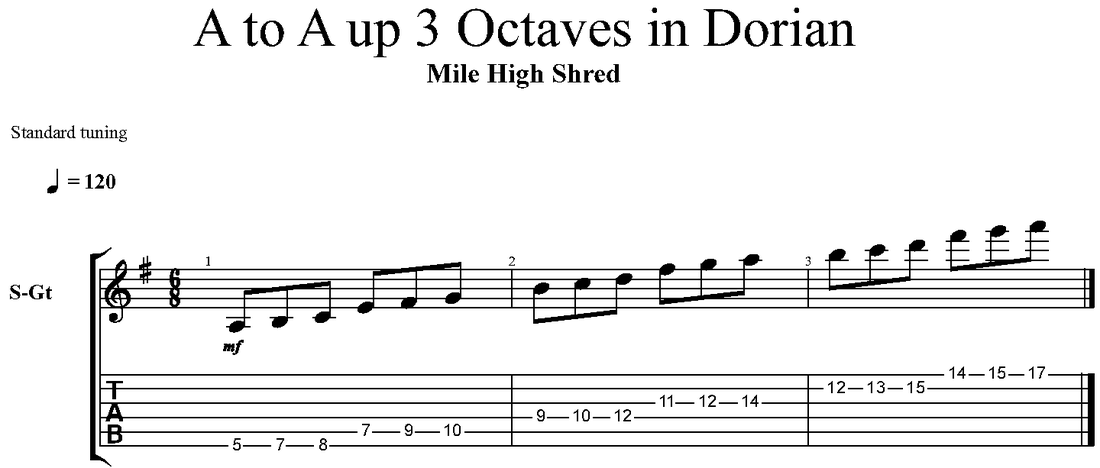
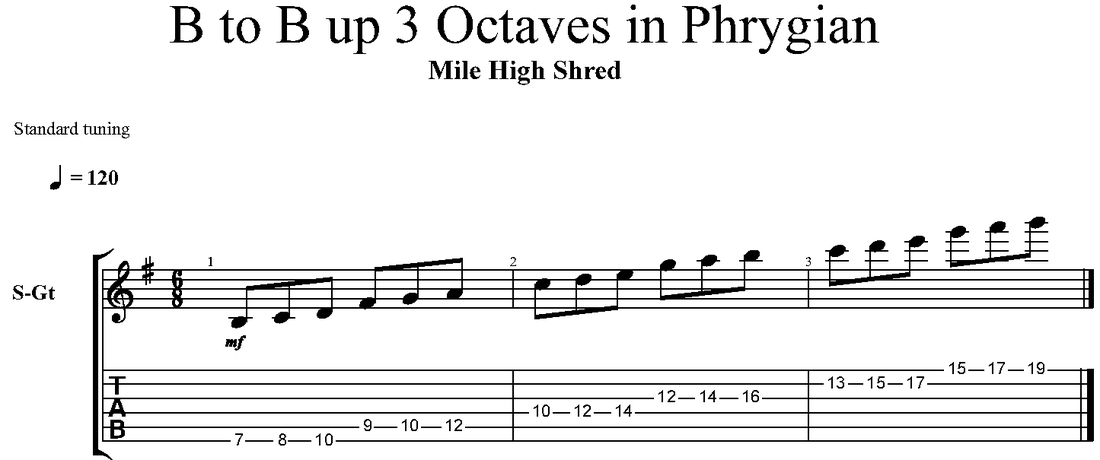
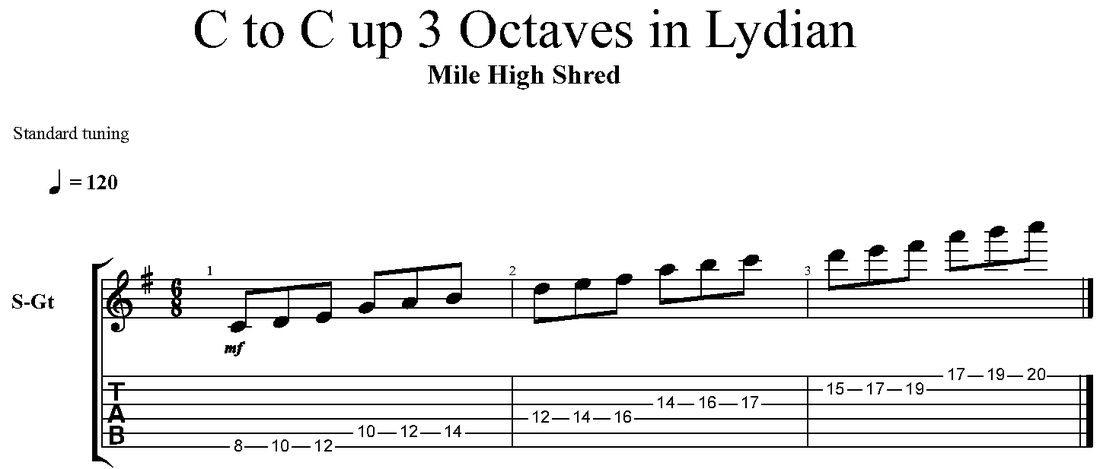
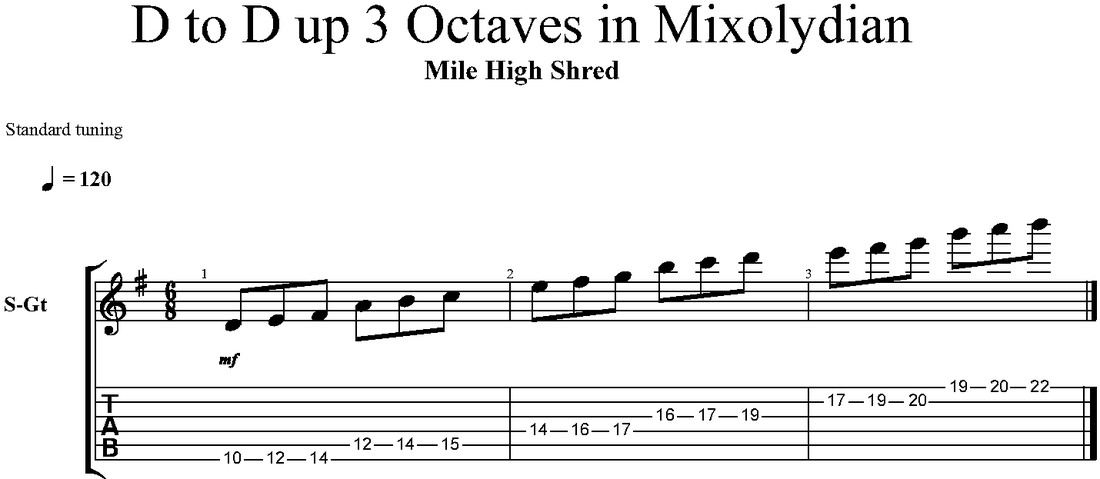
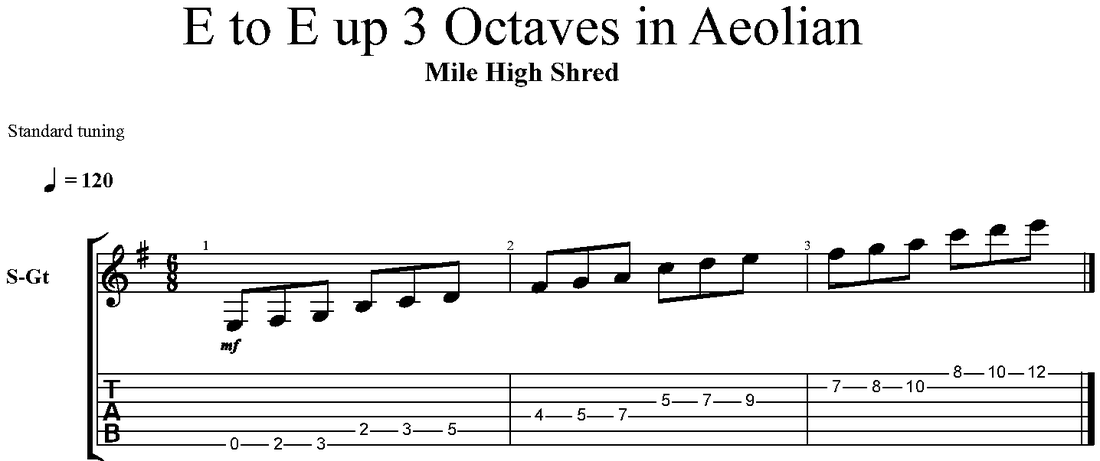
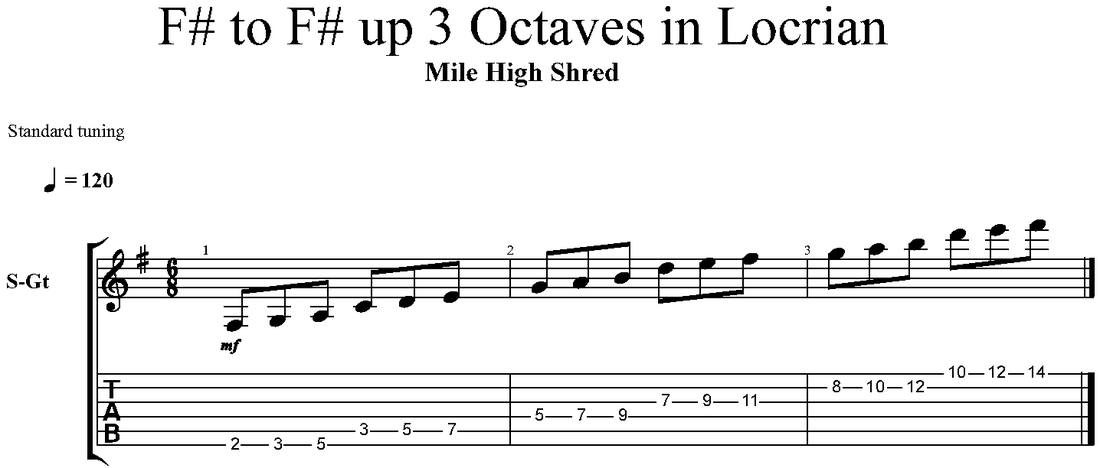







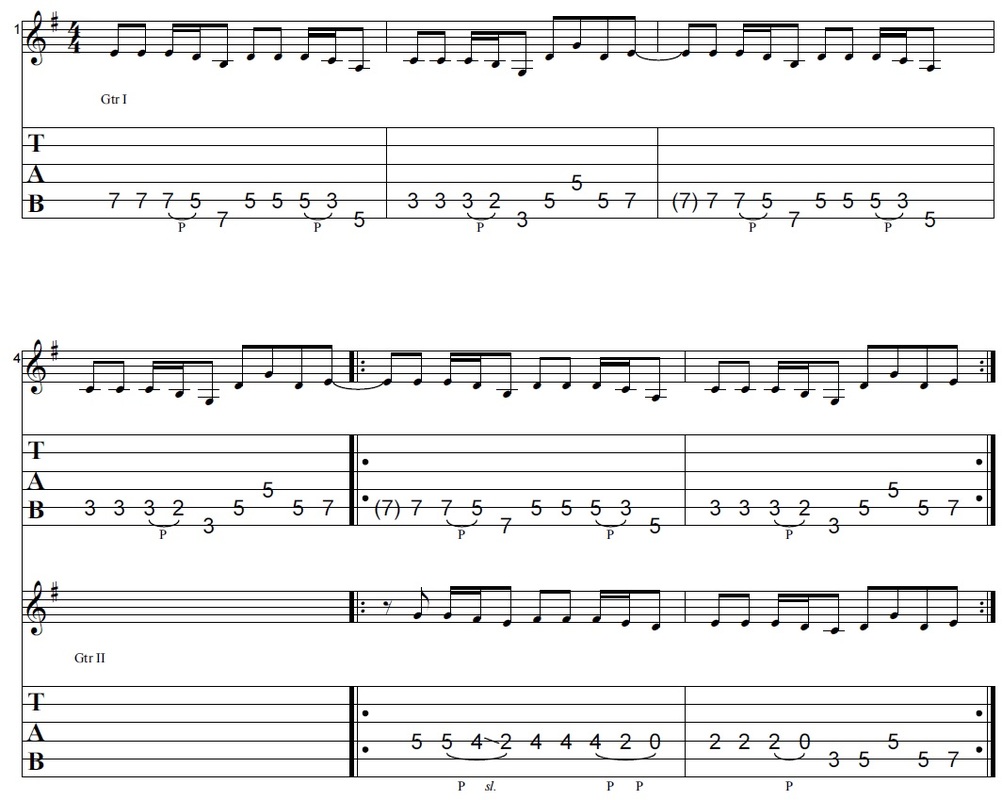
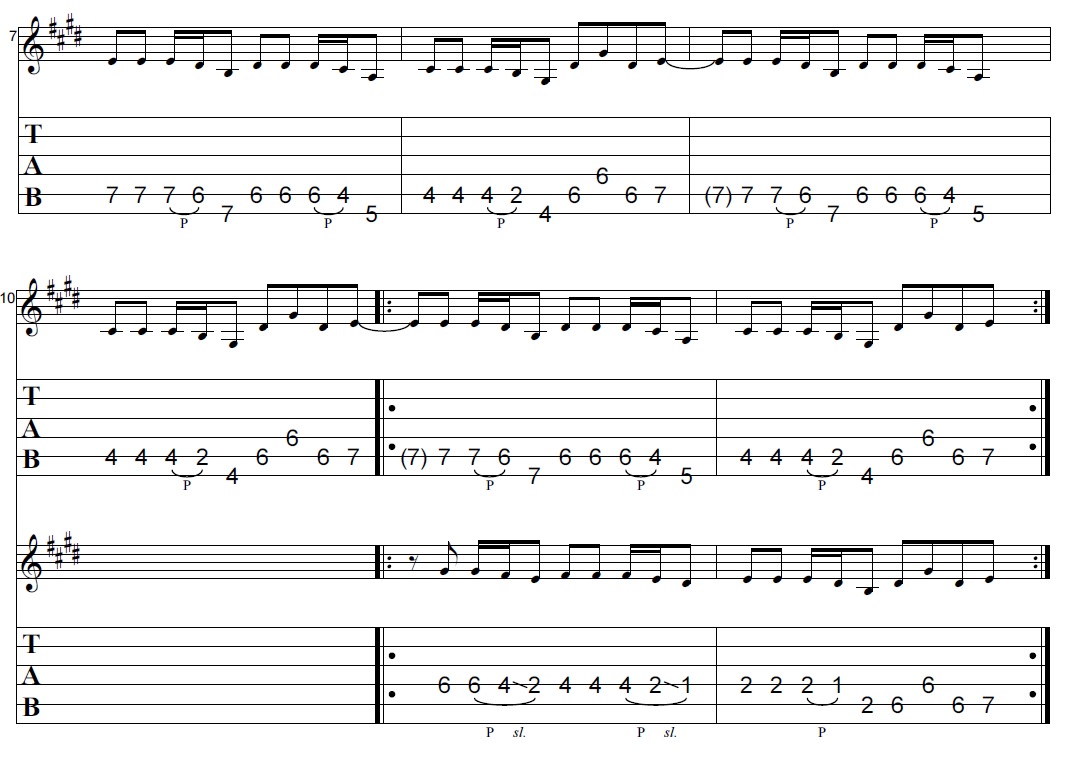
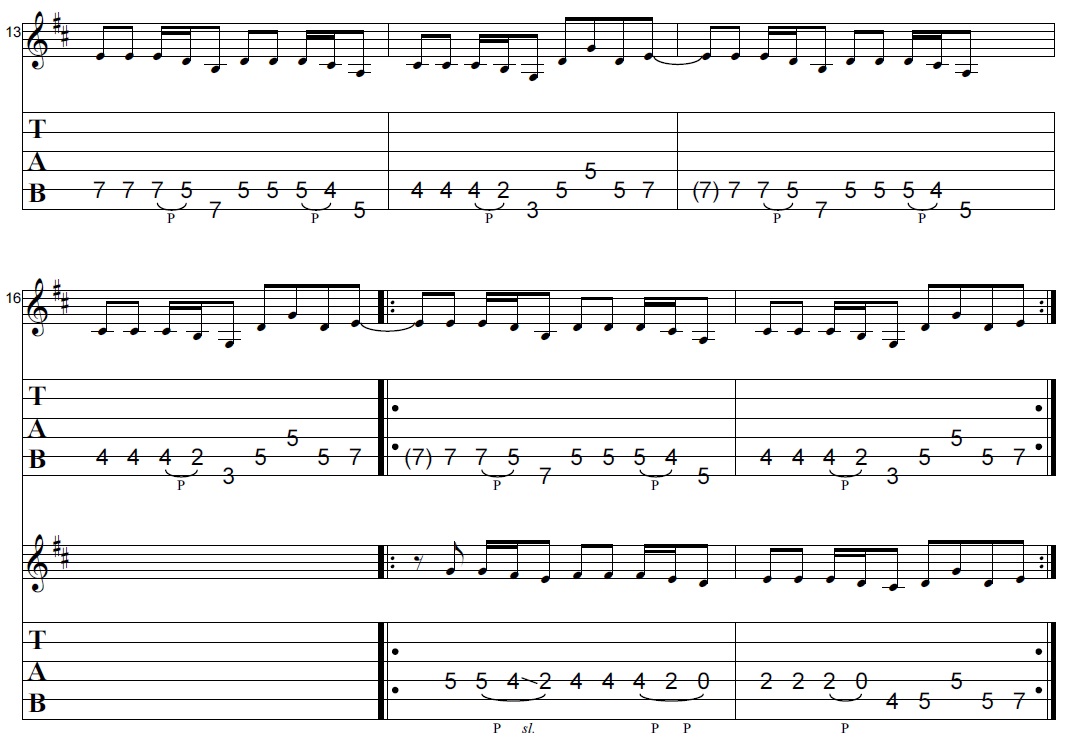
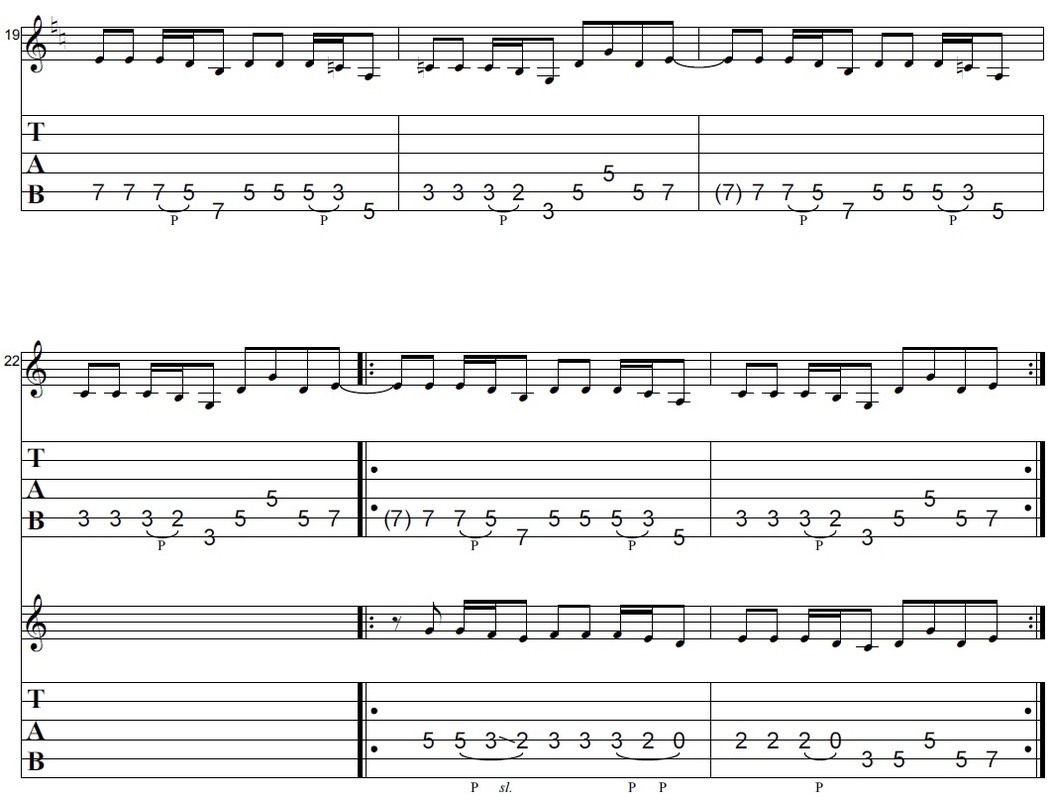
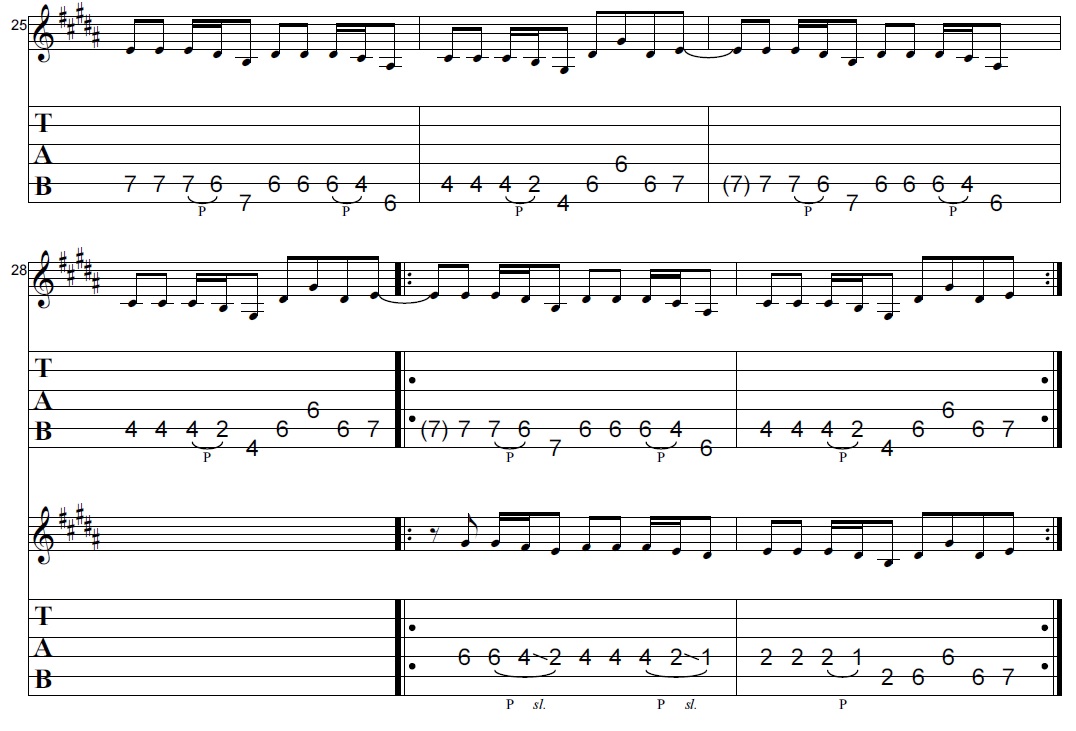
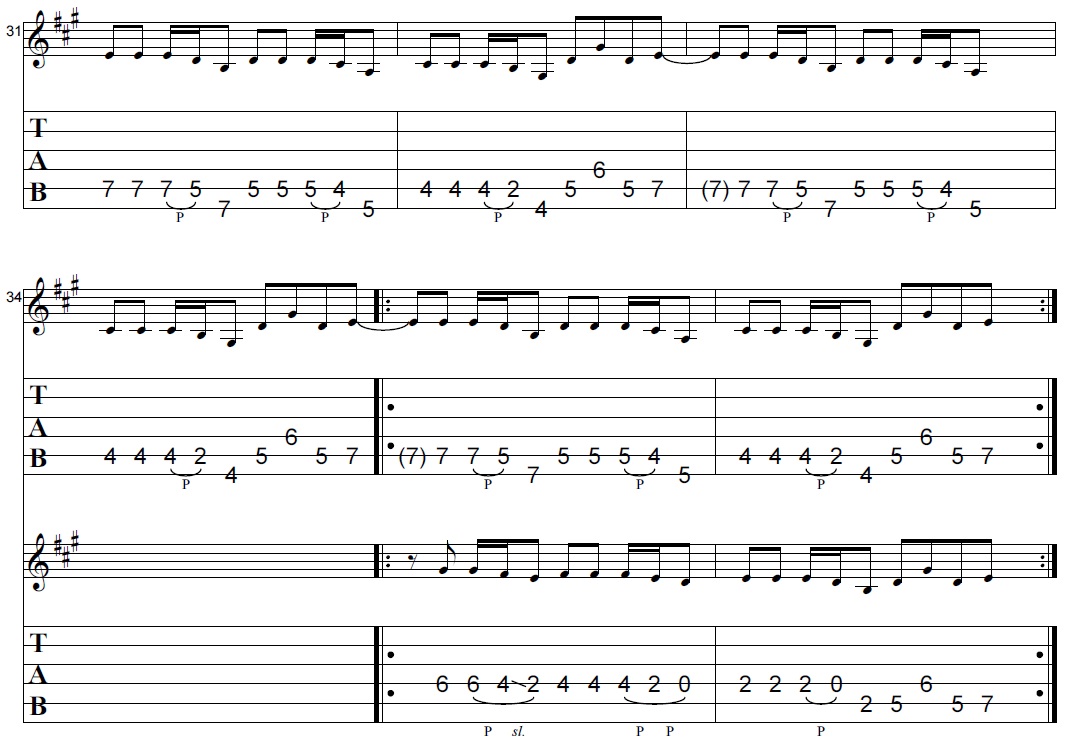
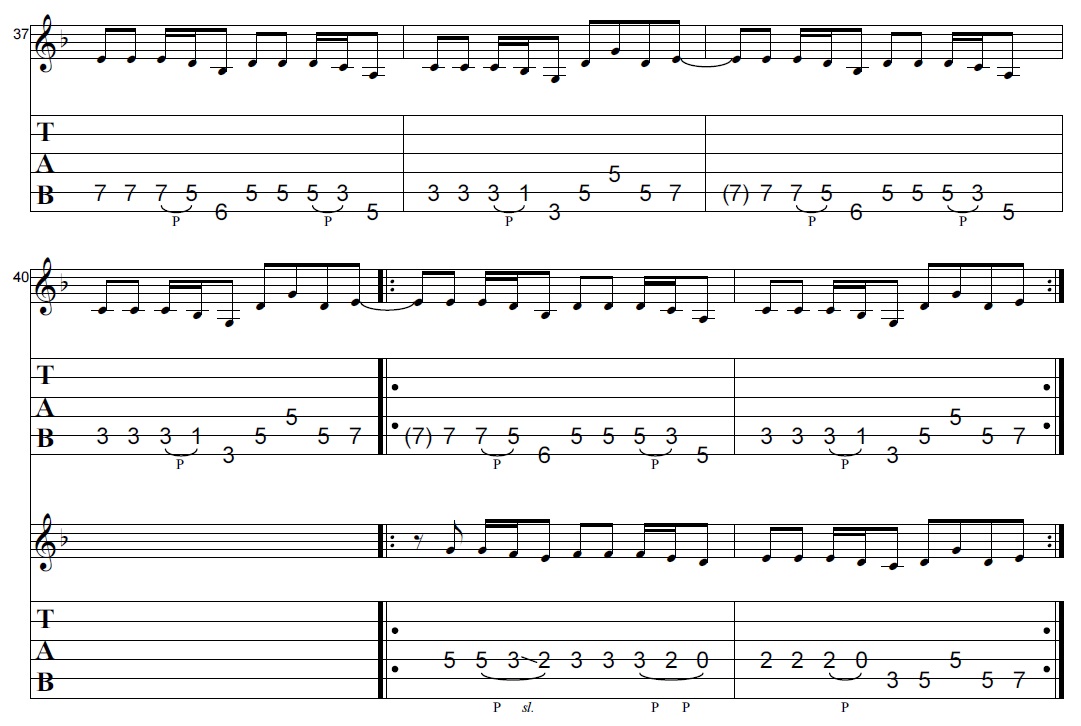
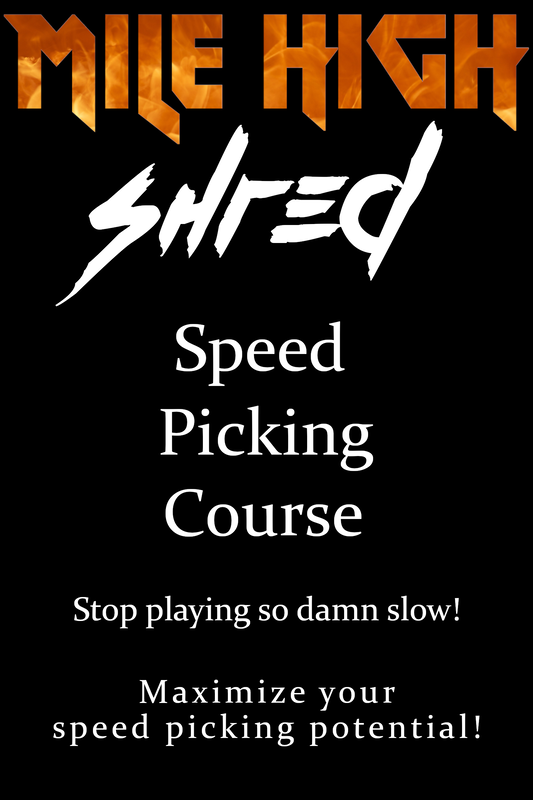


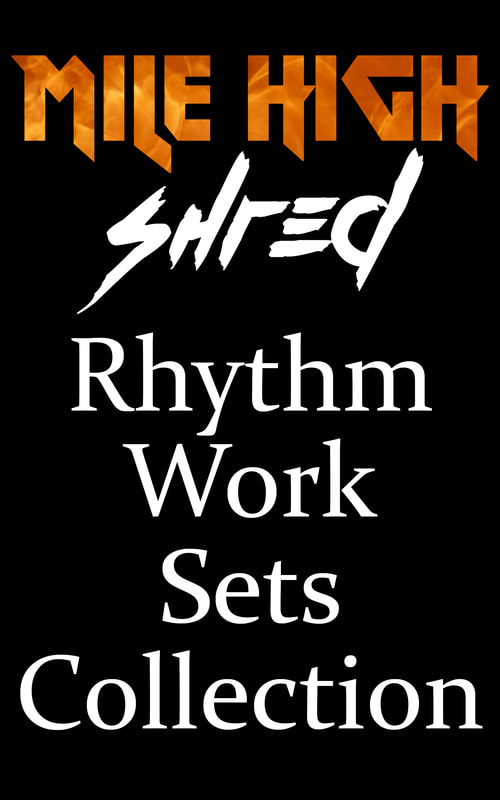
 RSS Feed
RSS Feed